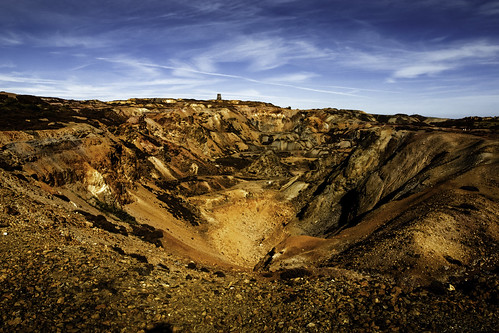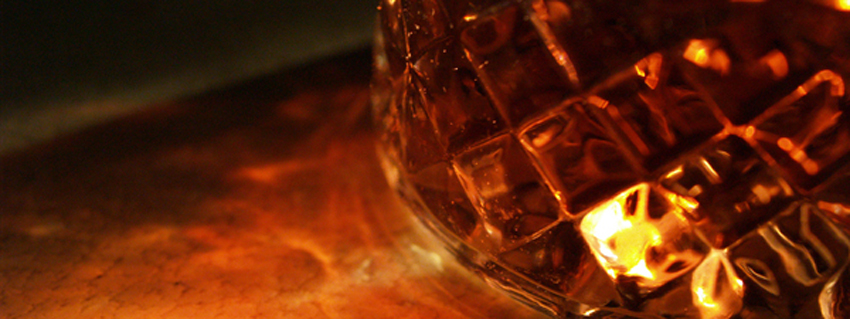
Av John C D
This is the largest of the North Wales copper mines, the mountain was mined for copper ore in the early Bronze Age, as shown by sub-surface debris nearly 4,000 years old revealed during excavations in 2002. Copper ingots with Roman inscriptions have long been known from the vicinity of Parys Mountain, and a Carbon14 date from charcoal from the excavation of a spoil tip in the 1980s. Since then access has been regained to the sealed underground workings of the Parys mine revealing further evidence for this ancient mining. Parys Mountain is thus one of the few sites in Britain where there is evidence for the prehistoric beginnings of the British metal mining industry. The visible remains date largely from the eighteenth century onwards. The site is dominated by two large opencast pits and created initially through the collapse of underground workings accessed by shafts and levels. These pits, however, represent only a small proportion of the total workings. In 1764 Charles Roe of Macclesfield was granted a 21-year lease by the Bayly family to work the mountain for copper. Rowland Pugh, a local miner, discovered the "Great Lode" on second of March 1768 and was rewarded with a bottle of whisky and a rent-free house for his lifetime. The windmill on the summit and the Cornish engine house are well known landmarks on Anglesey.
